About Tahara
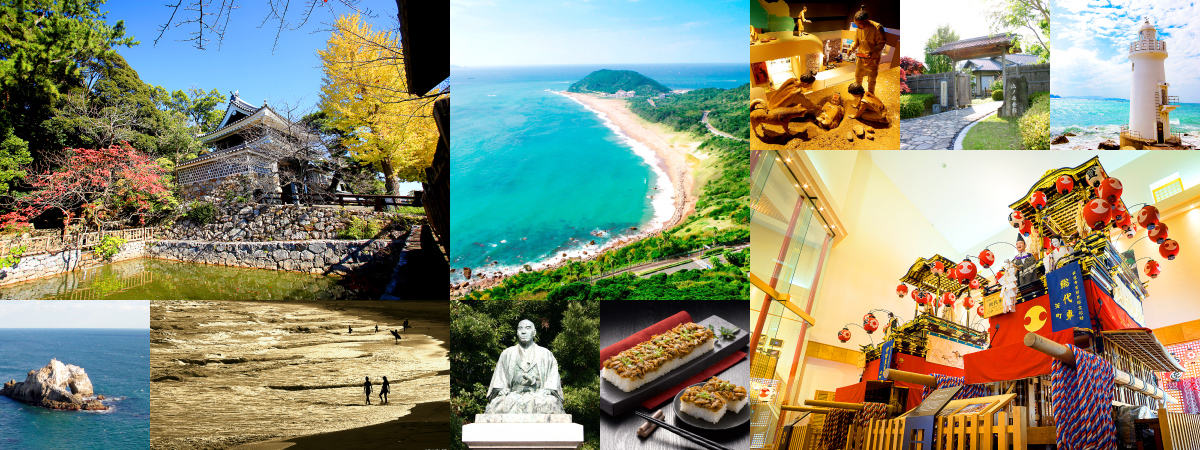
Tahara is a place where it is like always spring.
Surrounded by the Pacific Ocean and Mikawa Bay, Tahara City is one of the best agricultural areas in Japan with abundant nature and close to the sea and mountains, while many manufacturing industries are expanding into the coastal area of Mikawa Port and the industry is thriving. Also known as a surfing town.
It is attracting attention as a city that has a warm climate, is blessed with food, and can realize a comfortable life.
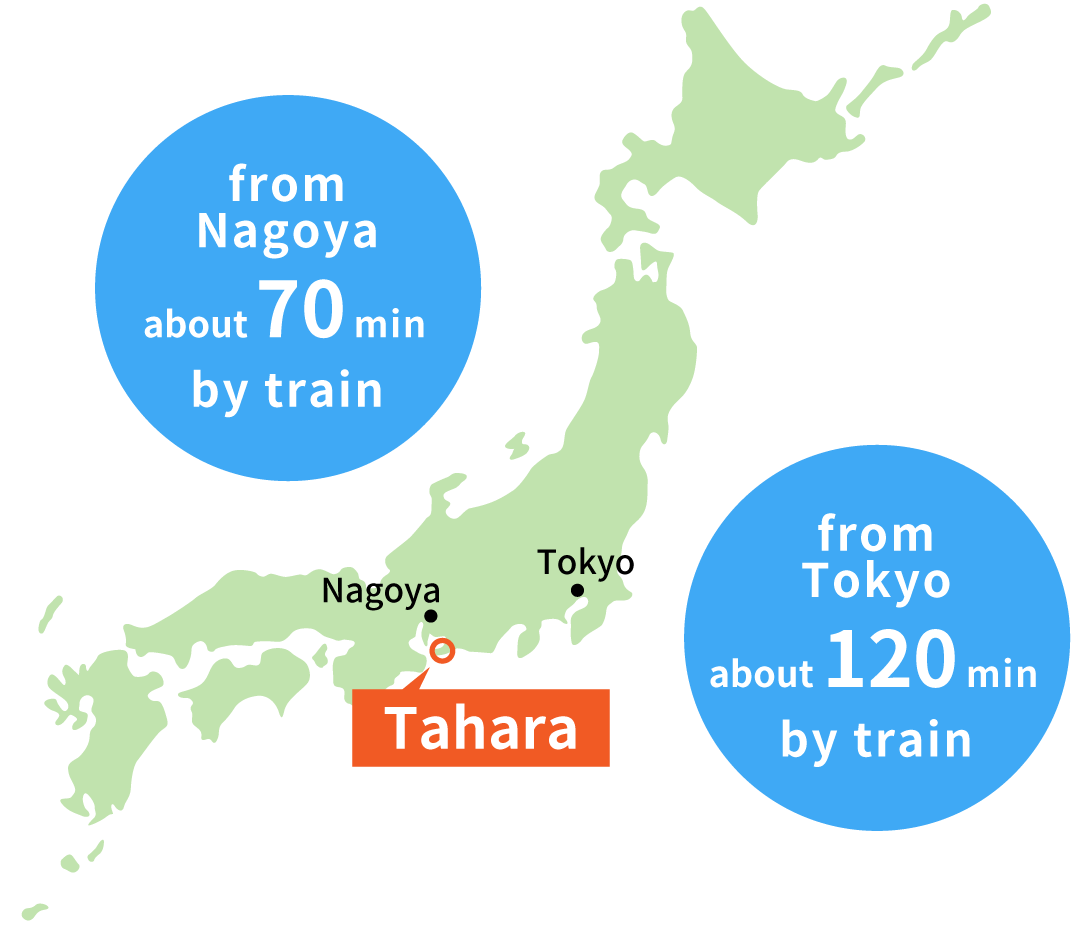
History
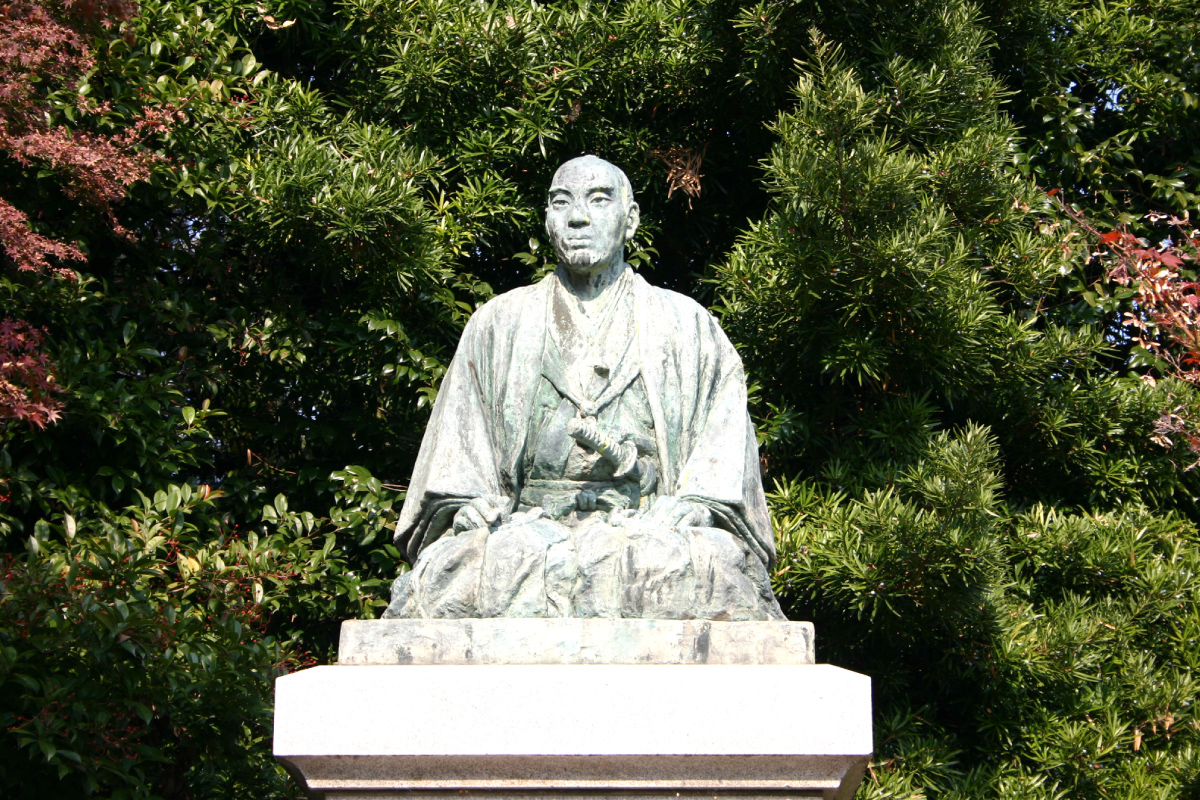
Watanabe Kazan
Tahara’s historical great
A local great who was active as a politician, painter, and scholar during the Edo period. Kazan is introduced at the Tahara City Museum.
He became familiar with painting from an early age, and based on his excellent drawing skills, he adopted the perspective of Western painting and produced many masterpieces.
At the age of 40, he took up the post of chief retainer of the Tahara domain and contributed to the domain. In preparation for famine, he set up a warehouse called "Houminkura" to store food, and during the "Famine of Tenmei" in the Edo period, the Tahara domain did not cause any starvation and was the only commendation from the shogunate.
In addition, he studied the West and denied "Sakoku", but was perceived as a criticism of the Shogunate. He later committed suicide with a blade and died at the age of 49.
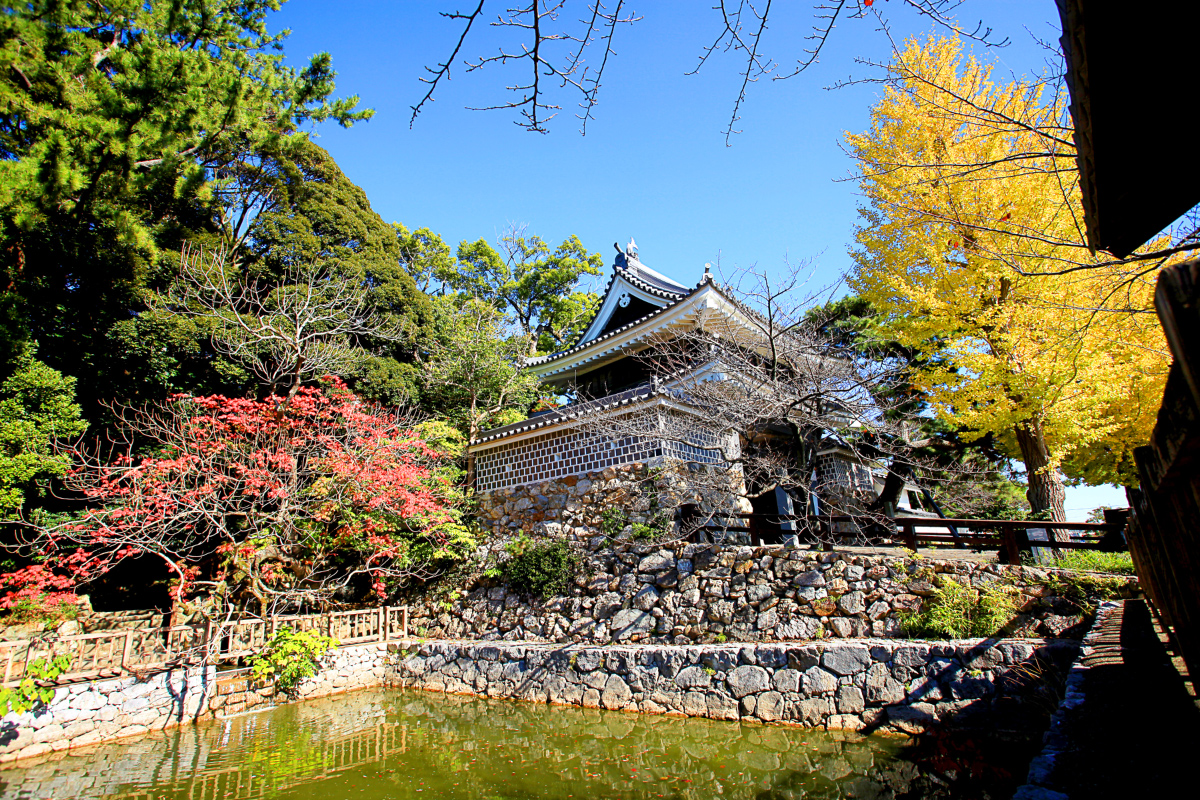
Tahara Castle Ruins
Tahara’s historical monuments
A 15-minute walk from Mikawa-Tahara Station on the Atsumi Line, it is located in a cultural district with cultural facilities and schools. Currently, Hakou Shrine, City Museum, and Gokoku Shrine are built.
Built during the Warring States period, Tahara Castle was finally constructed during the Edo period. After the abandoned castle in the Meiji era, the building was demolished, but the stone walls and other parts remain as they were at that time. "Sodeike no Ishigaki" is the oldest stone wall that remains in the ruins of the castle and was piled up in the early Edo period. According to records, it collapsed and was reloaded many times due to the earthquake.
"Sakuramon" near the stone wall of Sodeike is a double-decker yaguramon, which was restored in 1992. Passing through the Sakuramon Gate, the "Ninomaru yagura" restored in 1957 rises. Tahara Castle did not have a castle tower, and the Ninomaru yagura played that role.
Specialties
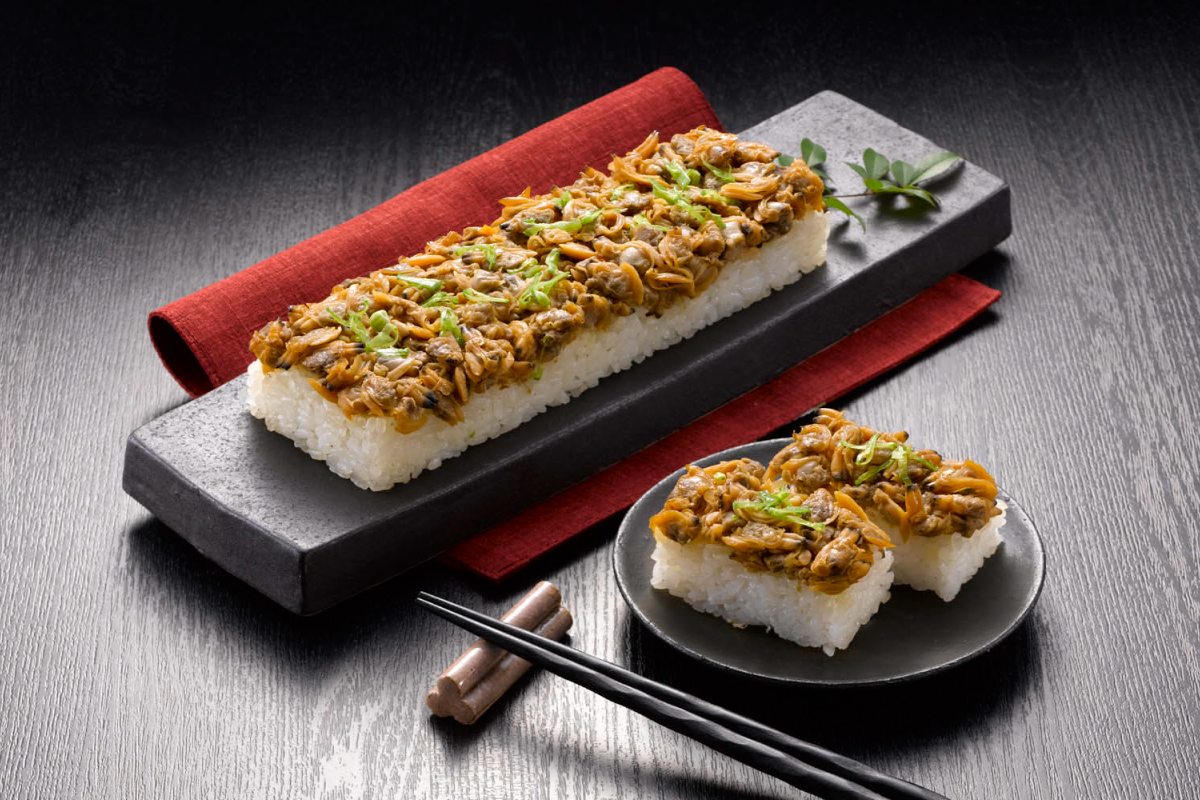
Kaidukushi Atsumi
Various shellfish of Atsumi Peninsula
The Pacific Ocean and Mikawa Bay surrounding the Atsumi Peninsula. It is famous for its variety of shellfish such as clams, large clams, oysters, and mussels.
Atsumi Chamber of Commerce and Industry "Kaidukushi Business Committee" is promoting to the whole country as "the best shellfish peninsula in Japan".
April 8th is designated as "Shellfish Day", and a campaign is held every year at accommodations and restaurants in the Atsumi area.
From spring to early summer, we sell the local cuisine "Atsumi Asari no Oshizushi" in the city and Toyohashi city as a limited product. Peel the local clams one by one, cook them sweet and spicy, and enjoy the pressed sushi on vinegared rice.
Experience
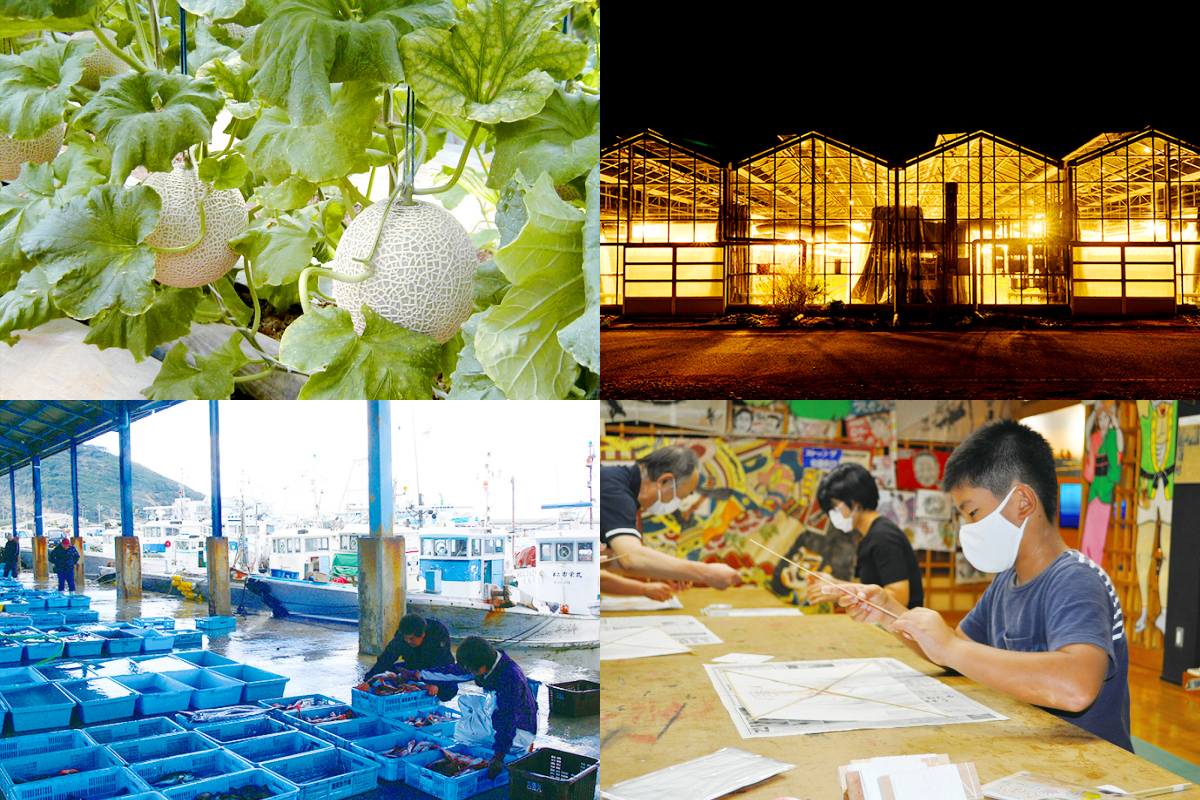
Fruit picking, agriculture & fisheries experience, traditional craft experience, etc.
In Tahara City, you can experience some of the fascinating lifestyles in a fun, delicious, and casual way.
Fruit picking such as melons and strawberries, farming experience where you can learn about Japan’s leading flowers and vegetables, auction experience at the fish market, etc. are all experiences that can only be done in a warm area surrounded by nature and the sea.
In addition, there are historical experiences and traditional craft experiences.
If you are interested in Tahara City, please come and experience it. And I hope you like the lifestyle of Tahara City.
Events
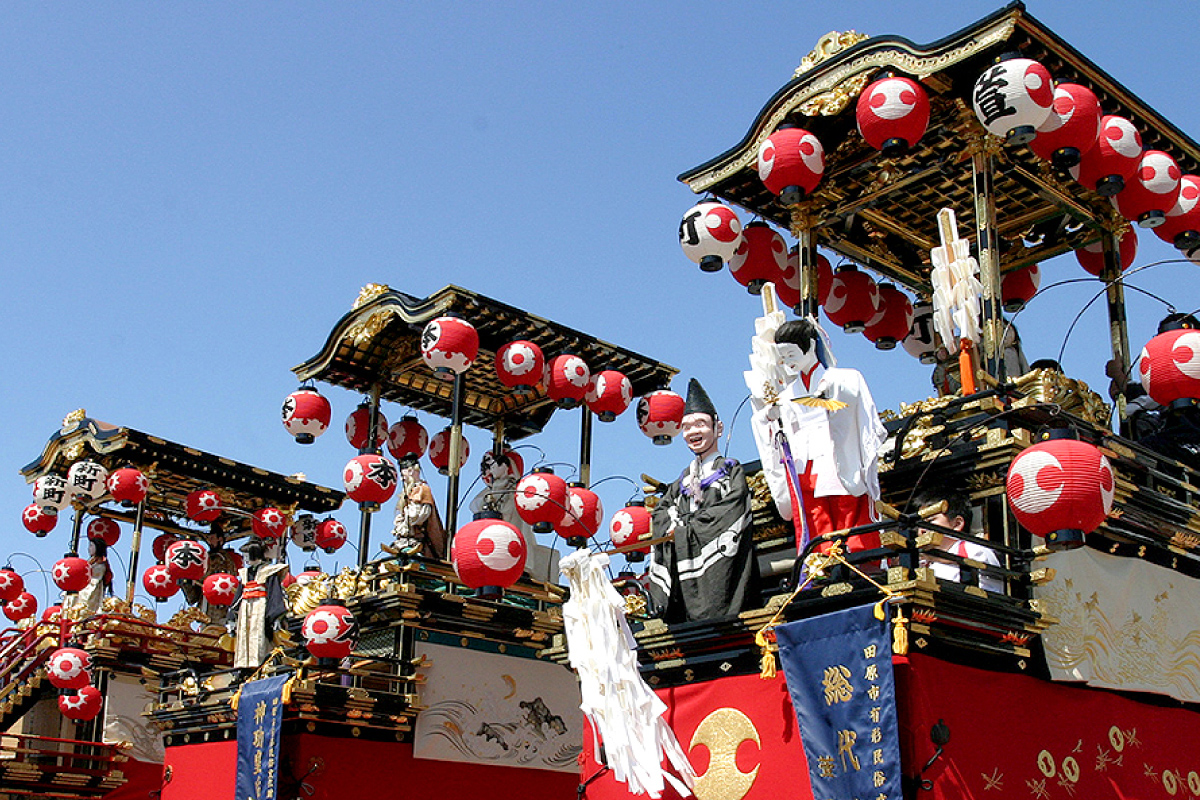
Tahara Matsuri
Tahara’s traditional festival
"Tahara Matsuri" announces the arrival of autumn on the Atsumi Peninsula. This festival, which is held every September, begins with the evening festival of Hachimansha (Shinmachi) in Tahara-cho, and is held for three days in five towns, including Shinmachi, Honmachi, Kayamachi, Hako, and Kinugasa.
One of the highlights is the three floats (city tangible folk cultural property) carrying karakuri dolls. It is slowly routed to match the flute and drum music. Above all, the "Kurumakiri", which is performed at a corner, is a must-see, where the men breathe together and steer the floats about 6 meters high while squeezing them. Karakuri dolls that show humorous movements also attract spectators.
On the final day, after a magnificent hand-held fireworks, bright fireworks will dye the night sky in early autumn and decorate the finale of the festival.
